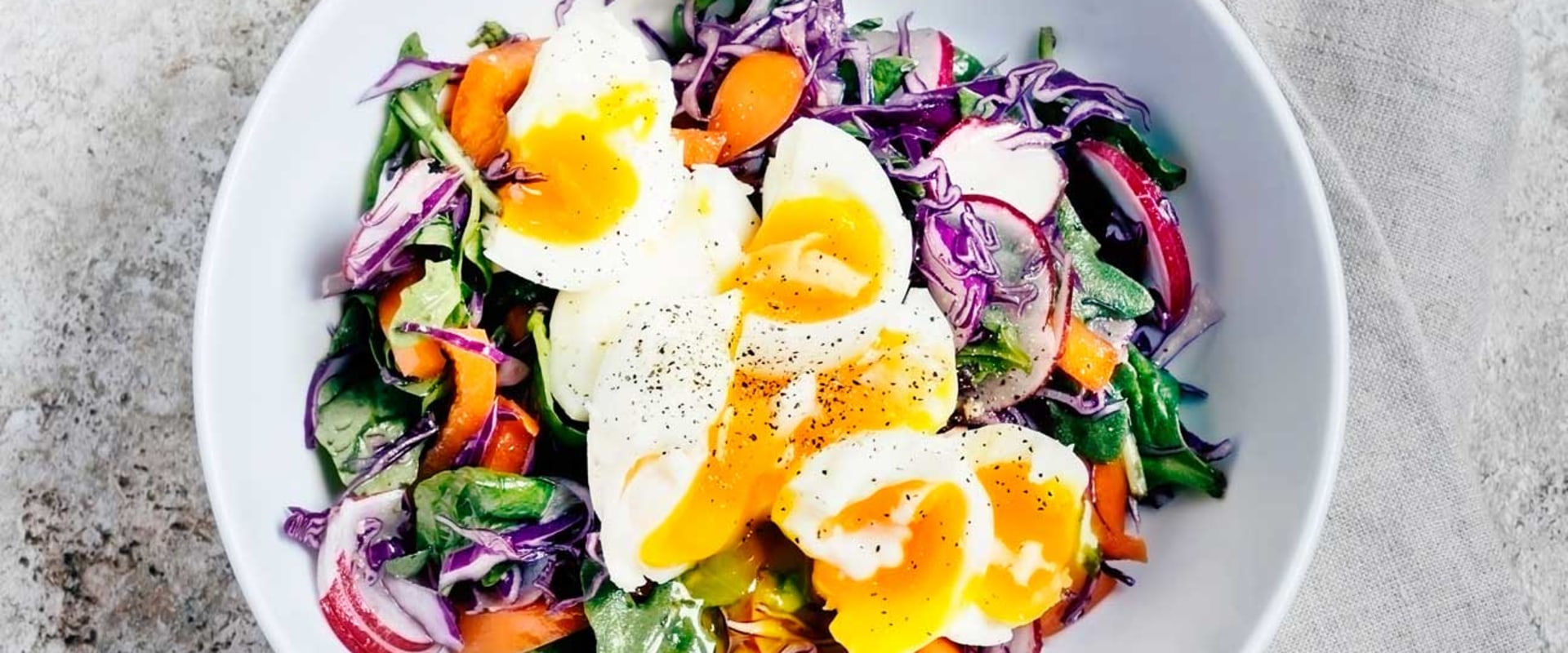The paleo diet allows you to consume whole carbohydrates. Because grains, refined sugars, and legumes are not allowed, the sources of carbohydrates in the paleo diet are somewhat limited, but they are not eliminated. Paleo still allows you to consume carbohydrates from whole food groups such as fruits, vegetables and unrefined sweeteners. Why? Because processed grains are banned and are the easiest source of carbohydrates to eat.
The paleo diet is not ketogenic, and it's important to remember that the paleo diet is a personalized diet. There is no single standard across the board for all people. You can still rely on the general rule of not eating cereals or processed foods, and while we can't give you an exhaustive list of all your options (that would take many pages and wouldn't be much help), we can guide you in the right direction with the most common carbohydrates suitable for paleo. Although quinoa isn't technically a grain and is more closely related to spinach or beets, for quinoa to be edible it has to be processed, which is why paleo eliminates grains and legumes.
So, in the end, while it may fall into the paleo category if you look at it from a certain angle, quinoa works against paleo in practice because of its harshness for the digestive system and its nutritional content. Here's the thing: While paleo is a dietary lifestyle with obvious restrictions, there's no need to be absolutist about it. Did hunter-gatherers eat white potatoes? non. Are they OK with a paleo diet? sure.
Safe starches that don't contain added toxins are a good addition to any active, healthy lifestyle. Should half of your diet consist of white potatoes and other starchy carbohydrates that are packed with carbohydrates? Isn't it?. However, half of your diet shouldn't consist of any particular type of food, and you can still lose weight if you eat carbohydrates. For a full rundown of white potatoes and why people tend to object to them, Paleo Leap has an excellent article.
Nathan Phelps is a food enthusiast, writer, vendor, and musician who lives in the big city of Nashville, TN. He loves the intersection of healthy eating, 26% of science, and his daily activities include using coffee shops as offices, morning optimism, afternoon doubts, and a little regret at night before bed. As for the paleo diet, “carbohydrate intake is different for everyone,” Kubal says. In general, Kubal advises paleo customers to fill half of their plate with non-starchy vegetables, a quarter with lean proteins, and a quarter with starchy carbohydrates, such as sweet potatoes.
Tldr; a moderate carbohydrate approach is optimal to support the wide range of biological systems that rely on insulin as a signaling molecule. Low-carb diets promote weight loss (and achieving a healthy weight reduces the risk of diabetes, cardiovascular disease, etc.). Another way to approach the topic of carbohydrates is to analyze the minimum intake that we would need to obtain an adequate amount of daily fiber. In general, hunter-gatherers who lived near the equator consumed more carbohydrates (and total plant foods) than populations that lived closer to the polar regions, and virtually all groups that lived between 11 and 40 degrees north or south of the equator (equivalent to the range between northern Colombia and New York City) ate between 30 and 35% carbohydrates as a percentage of total calories.
The most important and predominant carbohydrate is glucose, the main metabolic fuel for the human body and, in fact, for most forms of life on Earth. Carbohydrates in whole foods, such as fruits and vegetables, contain a mix of simple and complex carbohydrates, including fiber, which delays digestion itself and lowers the blood sugar response. On the other hand, too few carbohydrates (with lots of proteins and fats) could mean a shortage not only of fiber, but also of certain nutrients and phytochemicals found in greater abundance in foods rich in carbohydrates, even if quality options are chosen (such as vitamin C, polyphenols, chlorophyll, carotenoids, isothiocyanates, and organosulfur compounds, all of which play a variety of roles in preventing diseases). This is also the reason why many athletes who follow a paleo diet add white rice to their diet to increase their carbohydrate intake.
The food choices of a person following a paleo diet are limited to what could be hunted, fished, or gathered in prehistoric times, such as meat, fish, and vegetables. One positive aspect is that both urge the avoidance of processed foods, refined carbohydrates and large sugar intakes, something that, when eaten in abundance, can contribute to health problems. The decision to adopt a ketogenic or paleo diet should not be taken lightly, especially the ketogenic one, where you may have problems such as the ketogenic flu. .




